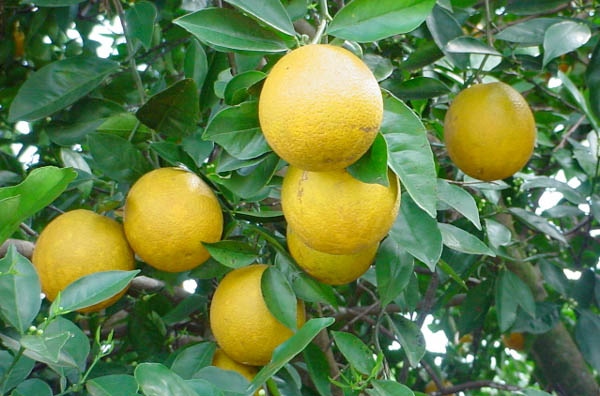
According to USDA’s Foreign Agricultural Service’s (FAS) Production, Supply, and Distribution database, Brazil accounts for about one-third of the world orange juice production, but it accounts for about 85 percent of the export market.The United States, while producing about the same amount of orange juice as Brazil, markets most of its juice domestically and is a small player in the international market, except for not-from-concentrate orange juice (NFC), in which the U.S. industry is a lead player.
December 8, 2010

World orange juice supplies are comprised mostly of Brazilian and U.S. production.
According to USDA’s Foreign Agricultural Service’s (FAS) Production, Supply, and Distribution database, Brazil accounts for about one-third of the world orange juice production, but it accounts for about 85 percent of the export market. The United States, while producing about the same amount of orange juice as Brazil, markets most of its juice domestically and is a small player in the international market, except for not-from-concentrate orange juice (NFC), in which the U.S. industry is a lead player.
According to data last released by FAS in July, Brazil’s orange juice production in 2010/11 is forecast up nearly 4 percent from last season’s 6-year low of 1.78 billion gallons. However, beginning stocks this season are projected to be 35 percent lower than in 2009/10, and more recent reports indicate that orange juice production in Brazil is not likely to meet the projections made by FAS this summer.
In particular, a drought in the State of Sao Paolo, which accounted for more than three-quarters of Brazilian production last year, is expected to drive Brazilian orange juice production down as much as much as 10 percent this year, according to the Florida Citrus Outlook 2010-11 Season report (Florida Department of Citrus, October 20, 2010).
With lower beginning stocks and reduced orange juice production, supplies are expected to be tight and Brazilian exports are likely to decline from the 2009/10 season. The more recent information on Brazil’s production and export prospects contributed to ERS’s forecast for reduced U.S. orange juice imports and for continued strength in U.S. exports.
You May Also Like



